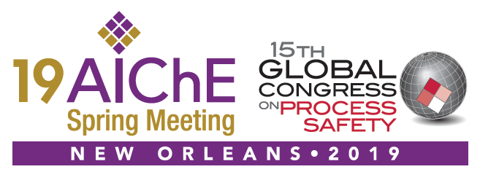

Over the last decade, regulatory and societal scrutiny of the hazards of transportation of flammable liquids and liquefied gases has risen considerably. Currently, some of these materials are routinely transported in bulk over the road, rail, and marine, but others, namely liquefied natural gas (LNG), are not. An integral aspect of demonstrating the safety of these activities is the application of risk assessment to the transportation activities. Risk assessments for liquefied gas (pressurized liquefied gases and cryogenic liquefied gases) transportation involve calculating hazardous consequences from loss of containment events due to accidental releases. In typical hazard/risk consequence calculation methods, the pressure and temperature used to calculate the hazards are those values expected under the normal operation of a steady state process. For non-steady state processes, such as the lengthy transportation of cryogenic materials or vessel rupture due to mechanical impact, the properties of the fluid inside the vessel can be significantly different from the expected or normal condition. The properties of release may have significant impact on the hazard calculations and resulting risk profile. For example, a cryogenic flammable liquid stored at its normal boiling point will likely result in liquid pool formation upon release – exhibiting flash fire, explosion, or pool fire hazards. However, if the same liquid is release either (1) under significant pressure due to mechanical impact or (2) at thermodynamic equilibrium at a temperature well beyond its normal boiling point, the release may not result in any liquid spillage – exhibiting fireball, flash fire, explosion, and jet fire hazards. In this paper we explore how these possible changes in the release conditions can affect the both the hazard consequence calculations and risk assessments for the transportation of these materials. The materials explored shall include liquefied natural gas and liquefied petroleum gas.
Presenter(s)
Once the content has been viewed and you have attested to it, you will be able to download and print a certificate for PDH credits.
If you have already viewed this content,
please click here
to login.
Language
Pricing
Individuals
| AIChE Member Credits | 0.5 |
| AIChE Pro Members | $19.00 |
| Employees of CCPS Member Companies | Free |
| AIChE Graduate Student Members | Free |
| AIChE Undergraduate Student Members | Free |
| AIChE Explorer Members | $29.00 |
| Non-Members | $29.00 |
